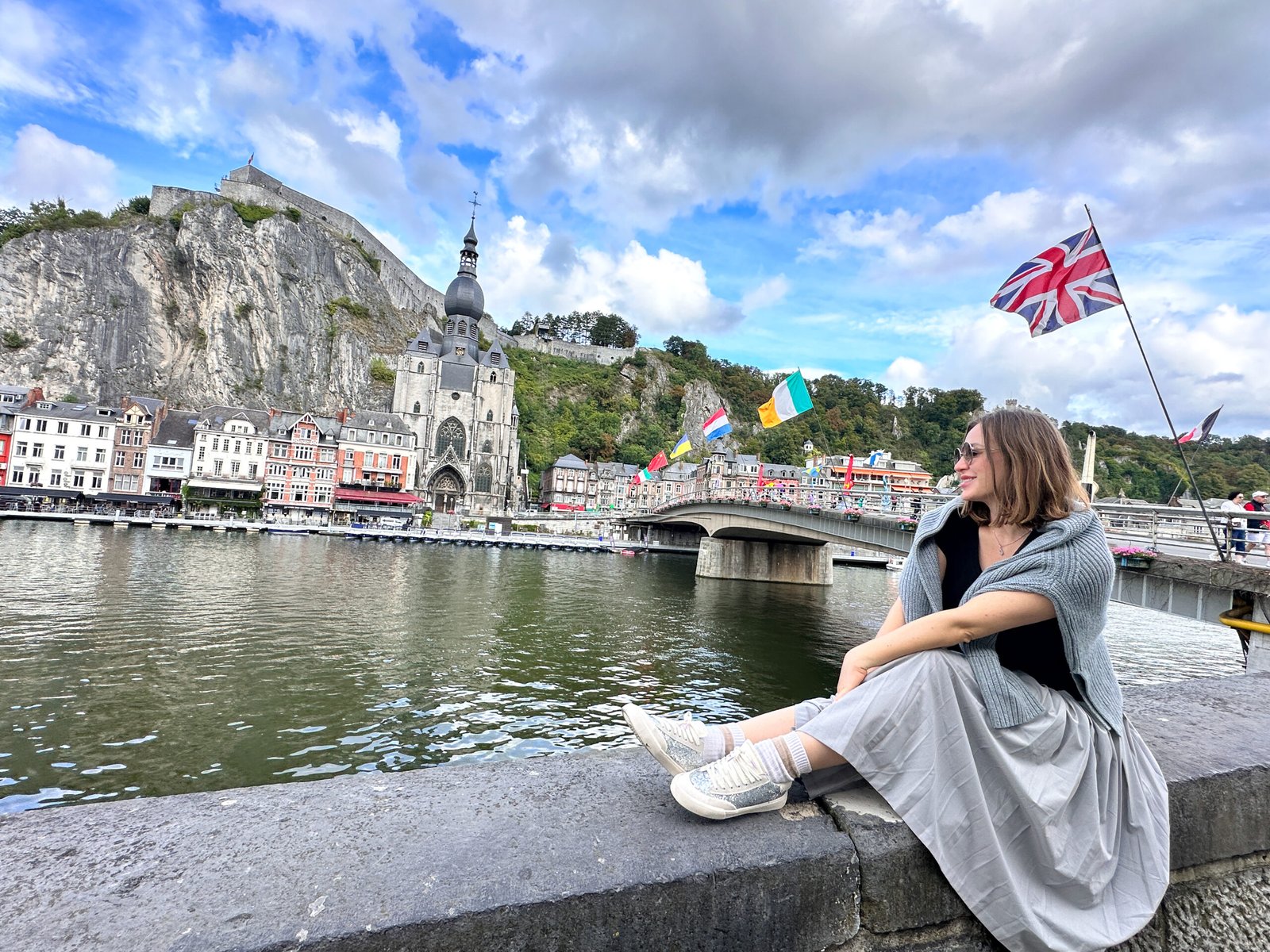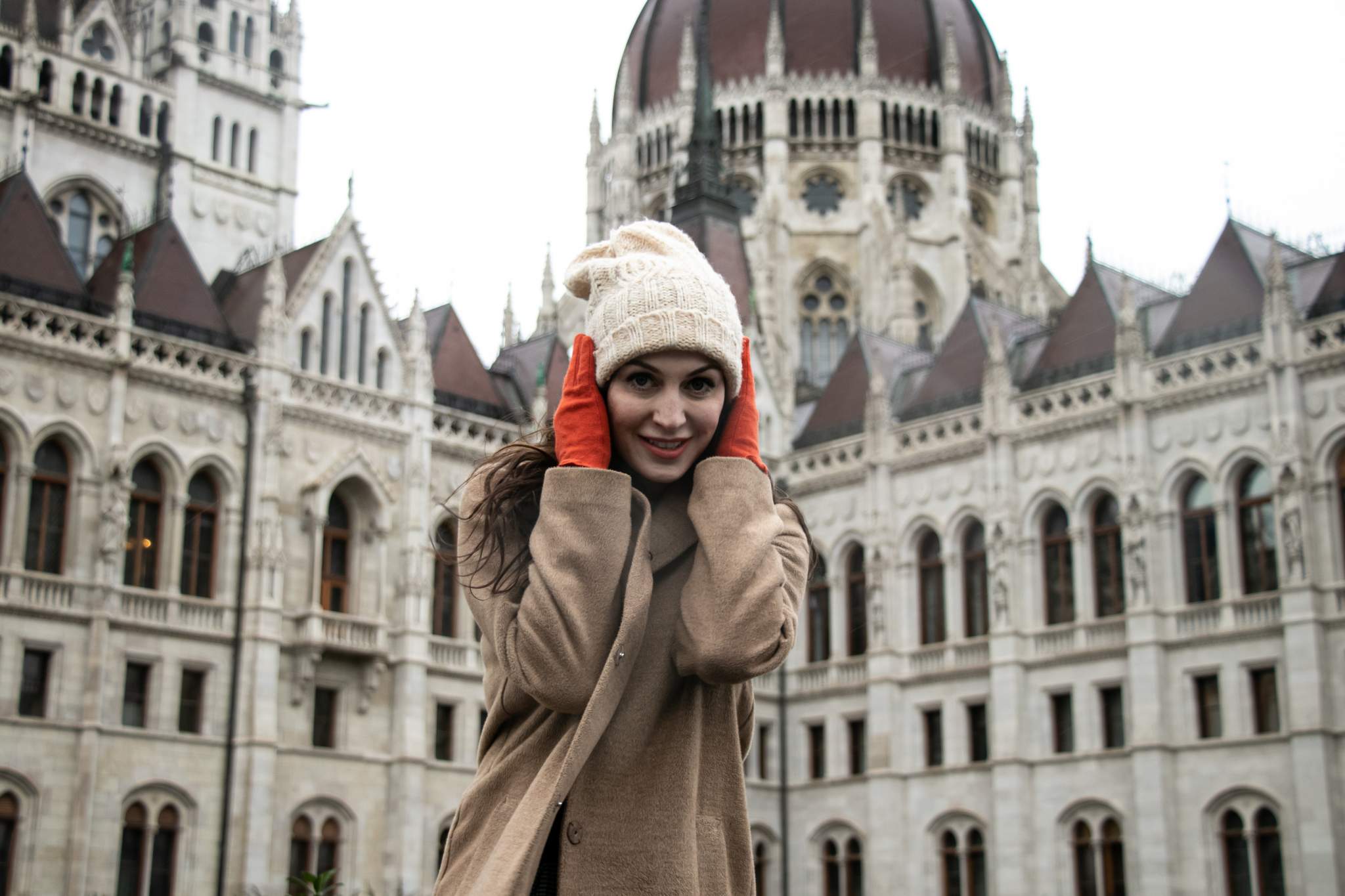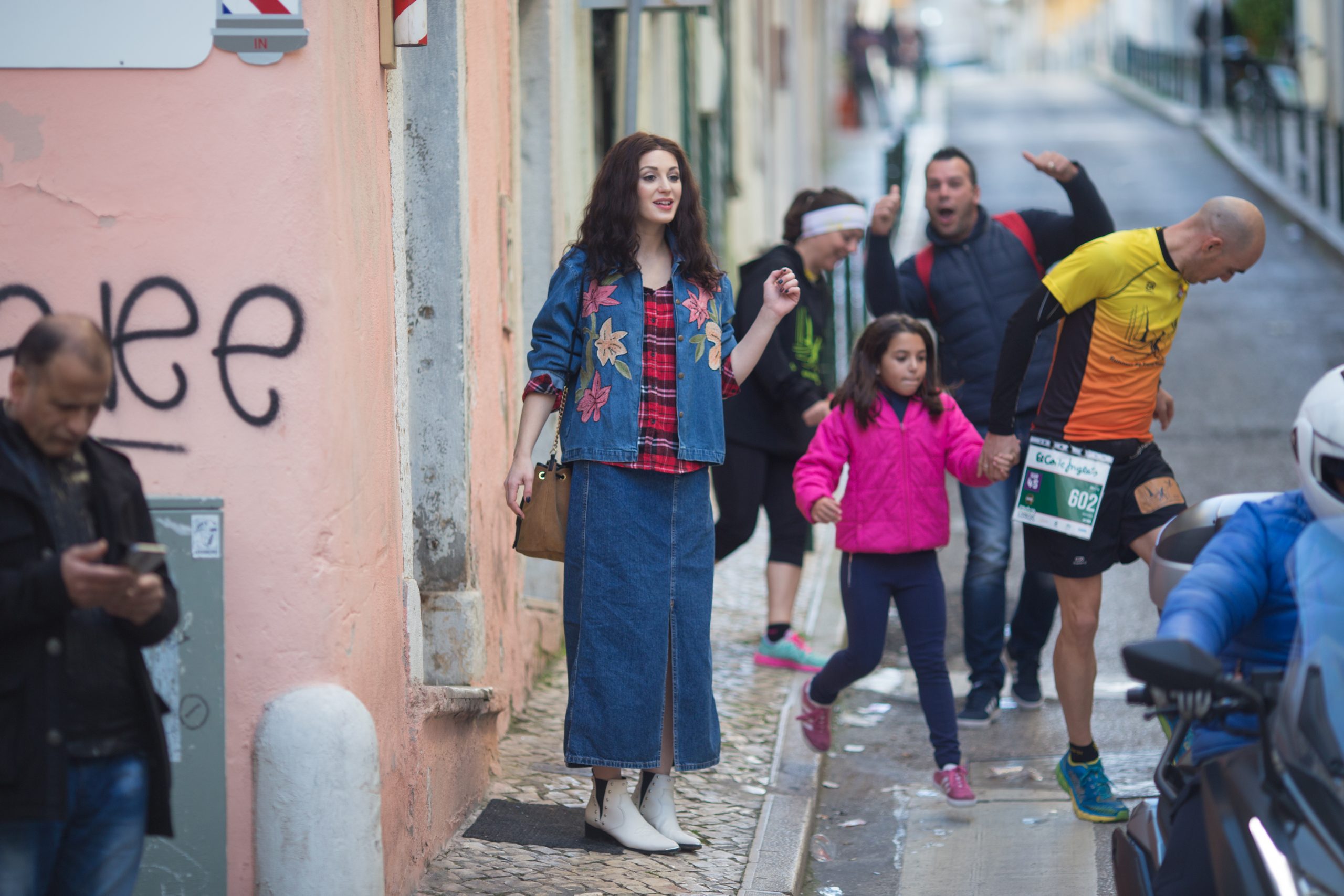
Best Things To Do In Lisbon
Today’s Lisbon may be fine and trendy, but when the Romans first visited 2000 years ago they saw things a little differently. The first people who sailed into the port at a time known as Felicitas gave it an entirely different moniker: “Lisbon” – which comes from the ancient Phoenician phrase meaning “happy haven”.
So maybe the millennia of travelers who have been enchanted by Lisbon’s picturesque waterfront views weren’t so wrong after all!
This city of white limestone houses tucked up in eternal hills here on the banks of the Tagus River is truly one giant manifestation of happy harbor.
Lisbon must see sights and attractions
The city’s elegant architecture, the legacy of a rich and glorious past, has resisted age and destruction. Remarkably well preserved, clean buildings and hilly streets are the best settings for Instagram -perfect photos.
The mild climate is another solid reason to visit. In winter, soft river mists, sharp winds and rain are common. Freezing cold is rarely an occurrence in Lisbon.
Lisbon is a city of views
Take a cab to the gate of São Jorge Castle, located on the city’s highest hill. Entry to the castle and its gardens are free and open daily 9-6. Right below, you will see one of the most ancient neighborhoods of Lisbon
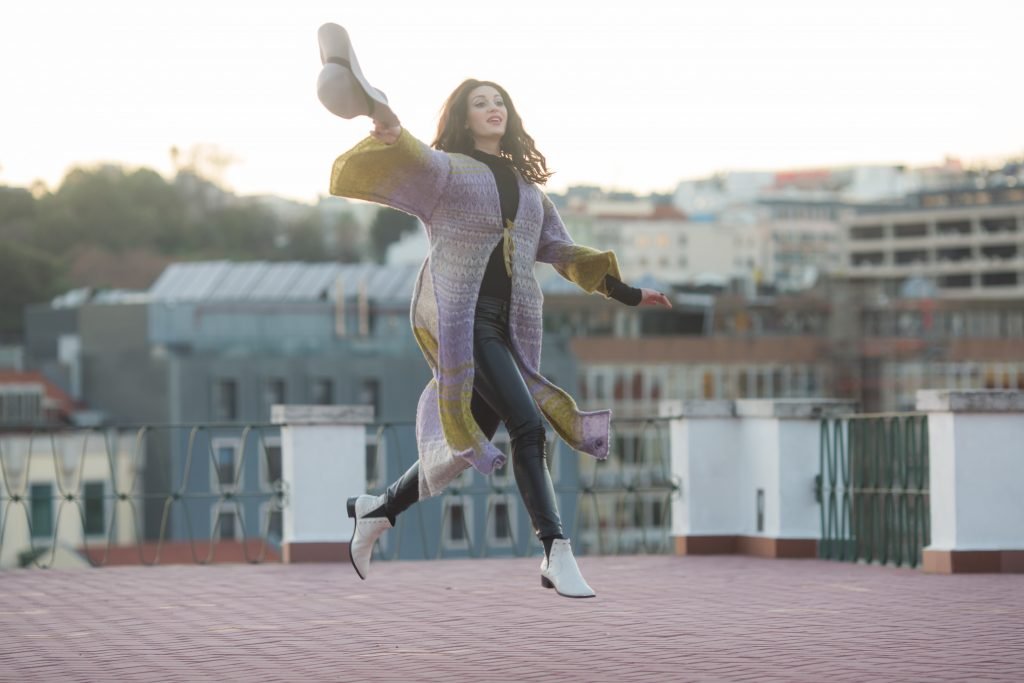
Graça district
Get a birds eye view of Lisbon
If you’re looking for a way to gain some serious perspective on the hilly terrain of Lisbon, you absolutely must ascend to her highest point within Graça district. Here, be sure to check out the recently-restored Graça Convent’s tiled chapel and Baroque cloister – admission is free, but the views are priceless. Meander outside for one of Lisbon’s most stunning miradouros (viewpoints), which overlooks the city’s photogenic terracotta rooftops or take a peek inside Surrealejos- an atelier producing surrealist tiles unlike any other azulejos you’ve ever encountered in Portugal (pandas and all!). Even their steep descent can’t compete with this epic view of Lisbon.
Neighborhood of Alfama
The neighborhood of Alfama is an absolute must-see for anyone visiting Lisbon. With its collection of winding alleys, staircases, terraces, and reddish clay roofs, it’s like a movie set – but even better backdrops don’t come at the cost of authenticity: this city’s oldest neighborhood still retains the scent and footprint of Arab past! For those who’d rather not explore it on foot, there’s the vintage No 28 tram that will take you on a soul-stirring jaunt over its picturesque streets. So grab your camera and ready your best Instagram filters – you won’t want to leave Alfama any time soon!


The best way to see Lisbon
Get lost in the maze of curving alleys, walk past jewelry and handicraft shops, under low passages, up miniature staircases. Stop at one of the sidewalk cafes – people-watching is fantastic.
You will see laundry strung from one window to another, just like a picture. Small apartment buildings painted yellow, pink and other pastels.
Lisbon loves the color.
For a deep dive into Portugal’s heritage pay a visit to Largo do Chafariz de Dentro and discover the House of Fado and Portuguese Guitar which allows curious visitors to explore the colorful past of fado – Portugal’s iconic African-inspired tragic intimate ballads – with impressive displays about their biggest artists alongside some memorabilia pieces. Too bad performances are off the table but there is no shortage of sights to appreciate here!
Fado is Portugal’s African-inspired, dramatic, sad ballad. There are currently Fado houses all around Lisbon offering plaintive melancholy fold and guitar tunes that are Portugal’s own.
Portuguese Symphony Orchestra has performances at the Centro Cultural de Belem. For some 10-20 euros, you can experience the authentic, not cliché Fado.
The Baixa neighborhood in Lisbon
The Baixa, or downtown area, is a lovely mix of 18th-century office buildings, banks, and stores.
Lisbon’s layout builds your itinerary on its own.
Baixa neighborhood, or downtown area, is a lovely ensemble of 18th-century office buildings, banks, and stores. From there, you can access the two most impressive squares of Lisbon (Rossio and Praça do Comércio)
One represents the past, one the other represents the chic present.
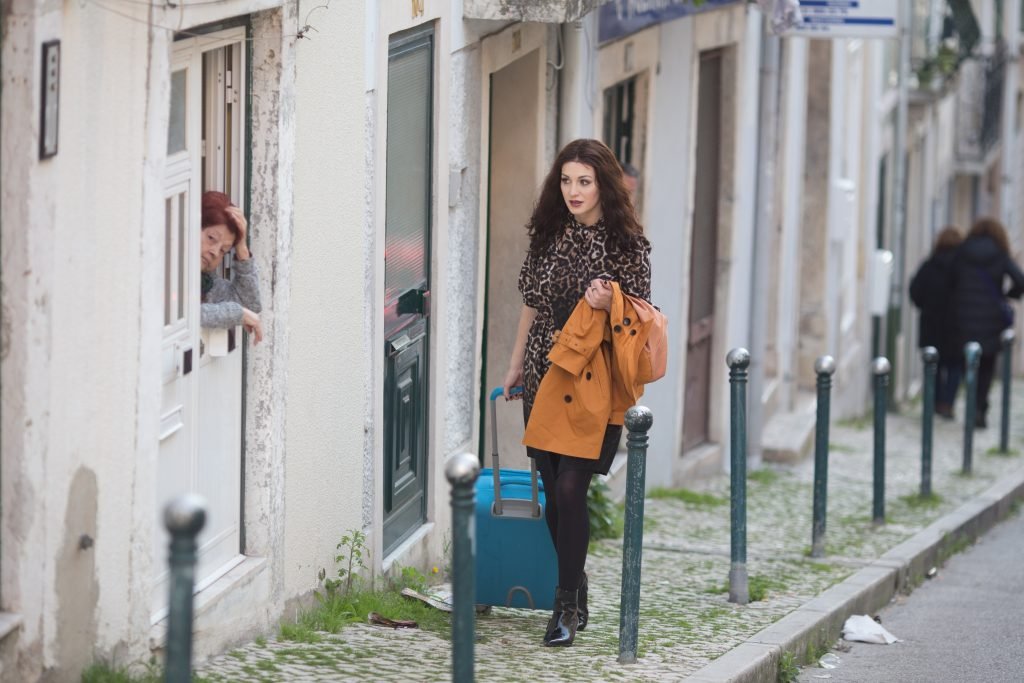
Two hills. Two different sets of impressions and experiences.
Praça do Comércio is the gateway to Lisbon. The square is made of 18th-century lemon-colored state structures overlooking the Tagus River.
The newly cleaned baroque Arch of Triumph leads to the Baixa, or downtown area, with offices, cute shops and many sidewalk cafes.


Praça do Comércio
Come to Praça do Comércio, the gateway to Lisbon and your gateway to shopping heaven. Finding yourself under the 18th-century lemon-colored government buildings and in front of the Tagus River may make you feel like royalty (don’t worry, no crown required), but don’t forget why you’re there! Make sure you travel through the region’s newly cleaned baroque Arch of Triumph – a piece of art needed before you venture downtown and start off on that shopping extravaganza. Looking for something fancy? Maybe some jewelry or handicrafts? Maybe just something small? Or perhaps a caffè latte for life’s refreshment? The Baixa has it all!
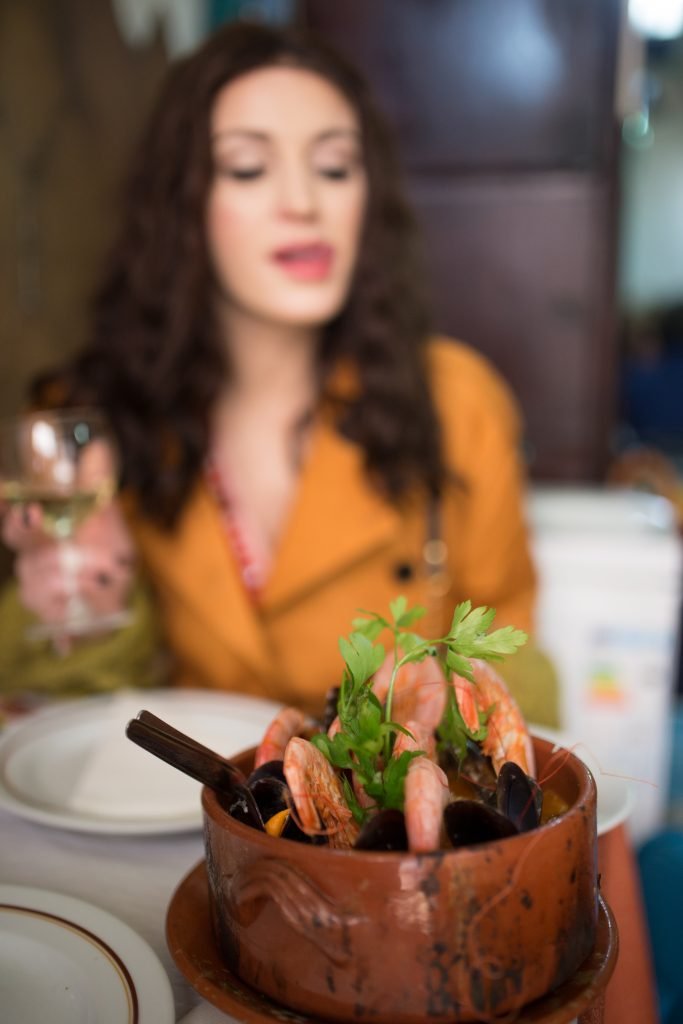
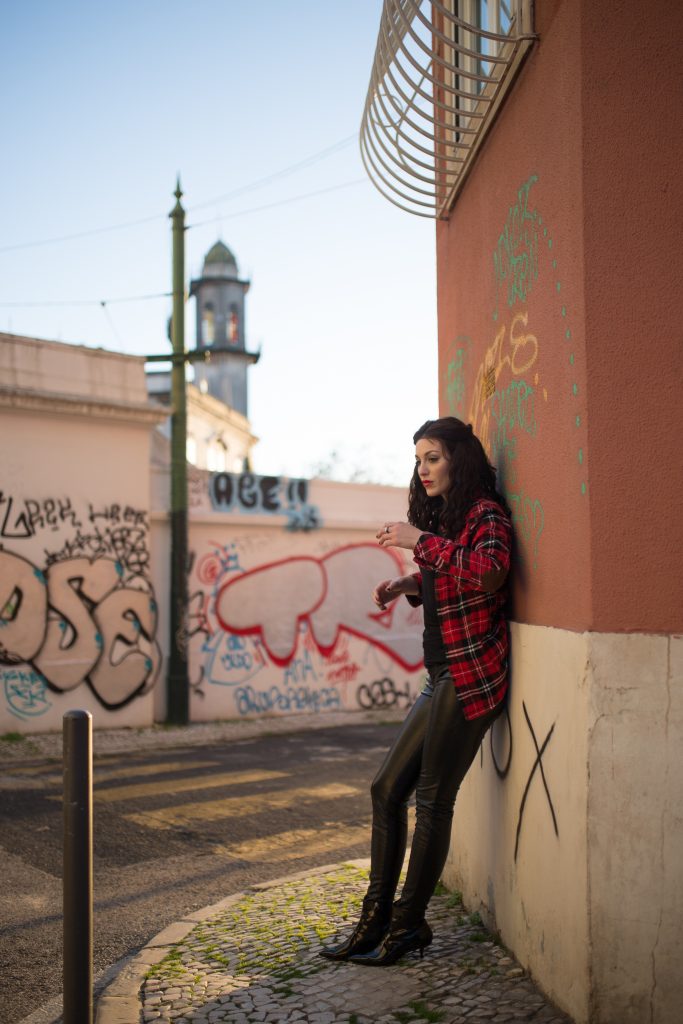
For years, the monumental 18th-century square called Praça do Comércio was surrounded by ordinary administration offices. The brightest thing was construction sites for sewage and transit projects.
Today an elaborate the renovated triumphal arch and King Dom José I’s statue create a tourist magnet area. Flooded with new bars and cafes and shops.
The Museu da Cerveja outdoor terrace, a beer museum (forgettable)and bar(worthwhile) , has excellent views and beers from about every destination around the world . The most exotic brands can be found there.
The Santa Justa elevator on the Rua Santa Justa in the Baixa leads to the arched ruins of the 14th century Carmo Monastery and the trendy Chiado neighborhood.
Chiado was rebuilt a few decades ago with modern art galleries, coffee shops, bookstores, antique shops, spas, and malls.
Bairro Alto neighborhood in Lisbon
For the city’s best views, head to Bairro Alto, cross over to Chiado along Rua Garrett, down to the pedestrian-only Rua do Carmo and go uphill to Castelo de São Jorge.
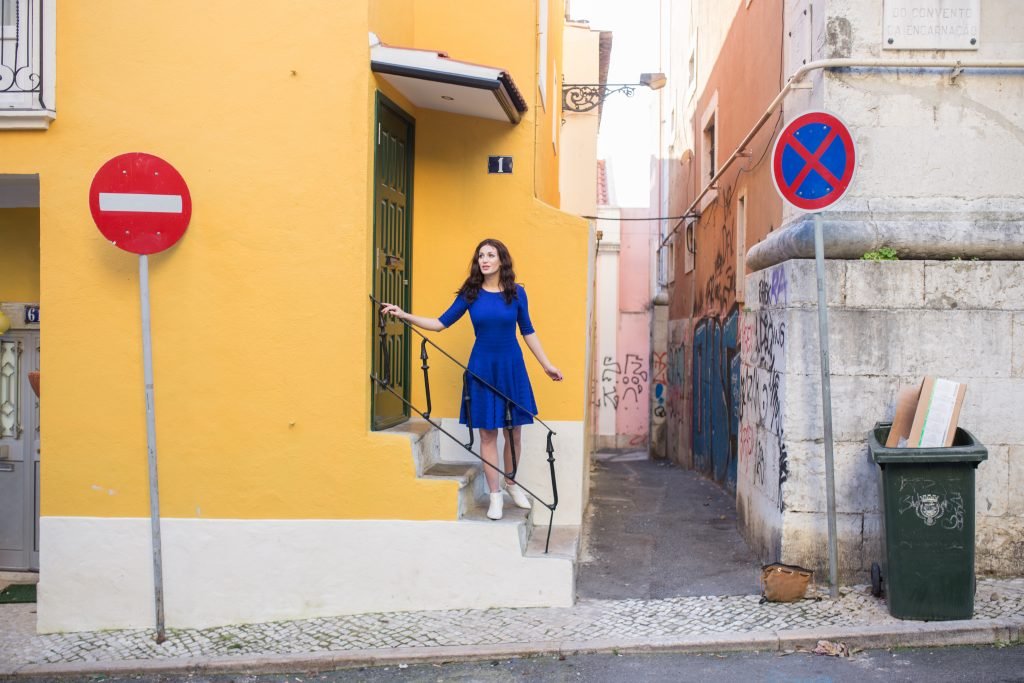
This is where you want to head for the most authentic experience. Its narrow streets are full of small workshops, antique stores, low-priced and authentic restaurants, and a local crowd.
It’s one of the Old World neighborhoods that now house trendy bars, art galleries, and boutiques.
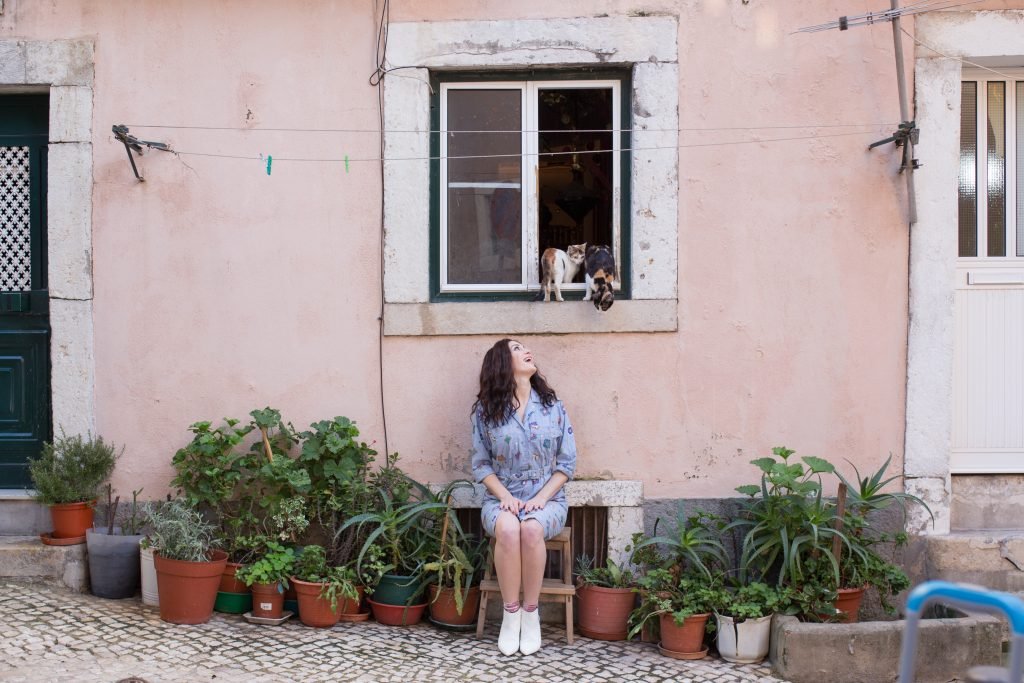
Sao Pedro de Alcantara gardens offer the most dramatic views and
Sao Roque Church is known for its ornate Baroque mosaics, murals, gilt work, alabaster and marble.
Once an elite neighborhood made of palaces, mansions and gardens, Bairro Alto bustles with fado houses, restaurants, and nightclubs. In Barrio Alto everything seems to be more elegant, polished and refined. You won’t find chipped tiles. More gleaming white cobblestone.
On the weekends, it turns into the nightlife’s epicenter.
Chiado
Nestled in the heart of Lisbon, the Chiado neighborhood has quite a interesting makeover story. Once destroyed by fire in 1988, the area was lovingly rebuilt with a decidedly chic focus: book stores, art galleries, leather stores, antique shops—you name it. If you’re shopping-minded, look no further! On top of these delightful retailers is the Chiado Museum—a stunning ancient monastery tucked away on 4 Rua Serpa Pinto. So bring your wallet and wanderlust to explore this picturesque place!
Belem
Getaway from the hustle and bustle
Just southwest of the hustle and bustle of the city center lies Belém, a peaceful district full of picture-perfect landmarks.
The Manueline-style Jerónimos Monastery, the 16th-century Belém Tower and, since 2016, the futuristic MAAT Museum make it an absolute must for any art enthusiast. MAAT takes a page from other European capitals with its remarkable repurposing of a former power plant into an exhibition hall with white tile. It’s really something to behold. Why not visit both buildings and explore the active machines and modern artworks on display?
Jeronimos
The main, most majestic monuments are in Lisbon’s western suburb of Belém.
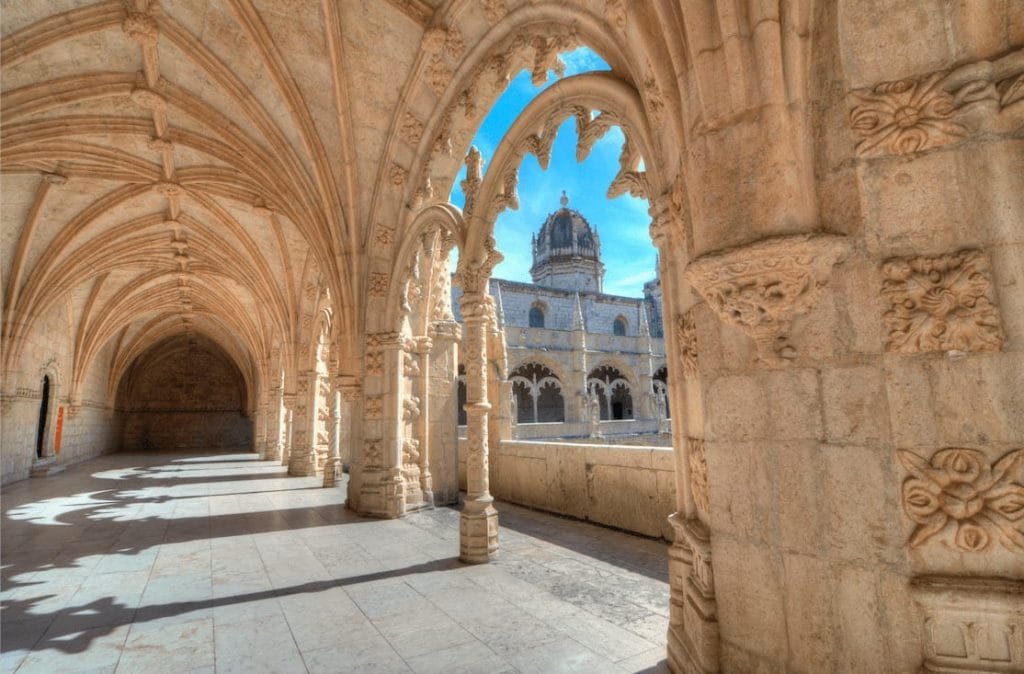
Jerónimos Monastery,the masterpiece of Portuguese Baroque built in the 16th-century to honor Vasco da Gama.
At the entrance of an ornate limestone grandiose cathedral stands Vasco da Gama’s tomb and Luis de Camões.
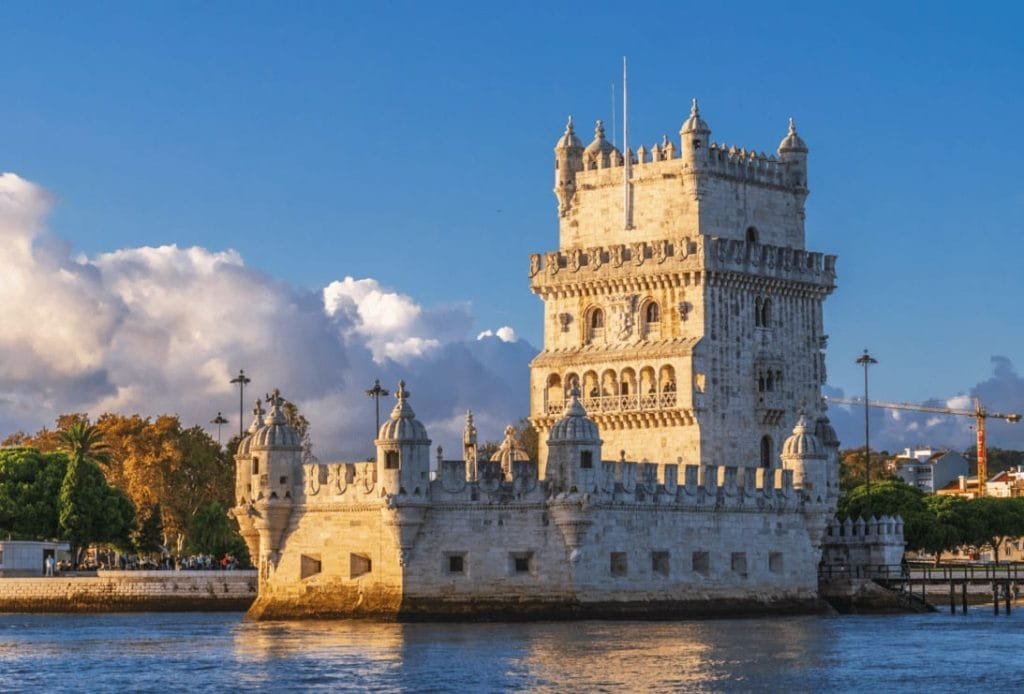
Interesting feature: the “new” (1833) monks’ dormitory, including the National Archeology Museum and the Navy Museum, display maps and models.
Pastéis de Belém is a 171-year-old bakery on Lisbon’s western edge, making arguably the city’s flakiest custard pastries and at .90 euros a piece, the best foodie stop. The recipe is top-secret.
Act like a local: buy extra and enjoy it in eh afternoon with a glass of chilled white wine.
Ferry Sunset
Most tourists skip one of the most overlooked attractions of Lisbon -the Tagus River. It offers surreal sunset views.
Head to Cais do Sodré ferry terminal and hop one of the frequent ferries over the Tagus to Cacilhas. At 4 euros round trip and 20 minutes, it’s a bargain.
Asian art
Portugal was the first European country to reach the most distant corners of Asia. And after a 20-year wait, a new museum is devoted to the country’s eastward explorations and colonization.
Museu do Oriente offers rare Chinese folding screens, a wall of snuff bottles, Timorese ceremony masks and a 19th-century Qing Dynasty opium pipe and Japanese armor,
“Conceptual Shopping Gallery” Embaixada.
A renovated 19th-century mansion across from Praça do Principe Real. Featuring all elements of neo-sultanic style: geometric mosaic floors, Moorish shapes, Arabesque twists, and horseshoe arcs. Home to the local Portuguese designers’ boutiques.
What to buy in Lisbon?
Portugal has something to cork about
Portugal may not be the first place you think of when it comes to souvenirs, but lo and behold: their cork oak forests are renowned across the globe! If you’re looking for some stylish mementos that also have sustainable cred, head to Cork & Co in Lisbon. Here you’ll find everything from scarves to wine stoppers, crafted from the lightweight natural material. And if golf, umbrellas and bags are more your thing? Just around the corner, you’ll find Pelcor offering up those too – all lined with cork, naturally! So when in Portugal, don’t leave without something original and unique. Pick up a bit of cork while shopping your way through Lisbon!
Best things to do in Lisbon
Get lost in time in Alfama
Get lost in time in Alfama, the medieval neighborhood of Lisbon. With its cobblestone alleys, stairs, patios and dwellings with orange tile roofs, now largely pedestrian and perfect for leisurely strolling and taking in the scenery without any fear of being run over. No matter if you are into architectural marvels or historic landmarks, you will find plenty to keep your gaze busy at Alfama’s sightseeing potential.
Alfama is the city’s oldest and best-preserved neighborhood, which still shows footprints of its Arab past. If you don’t feel like walking, hop the vintage No. 28 tram.
From its archeological sites filled with unique ancient architecture to quaint restaurants and chic bars, Lisbon has been dwelling in the dreams of travelers for centuries! Whether you feel like getting lost in the rich past or partying out in an urban dance club – you can find your paradise here. However, one thing’s for sure – once you kiss the Tagus River, that happy vibe following you around will never leave!

